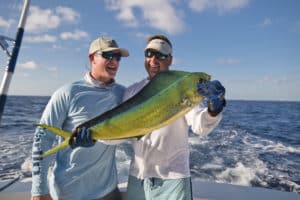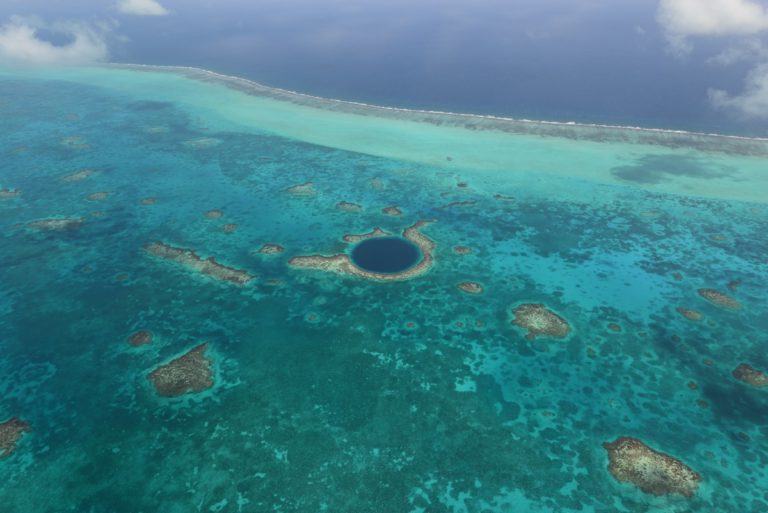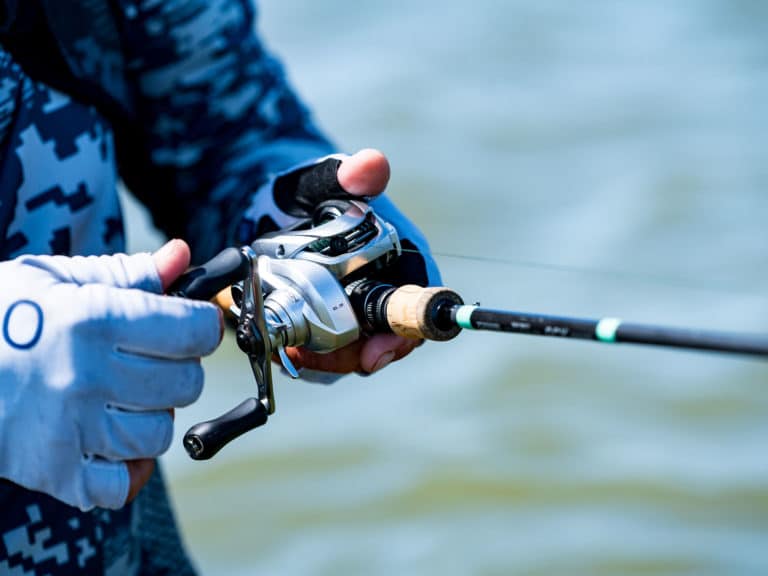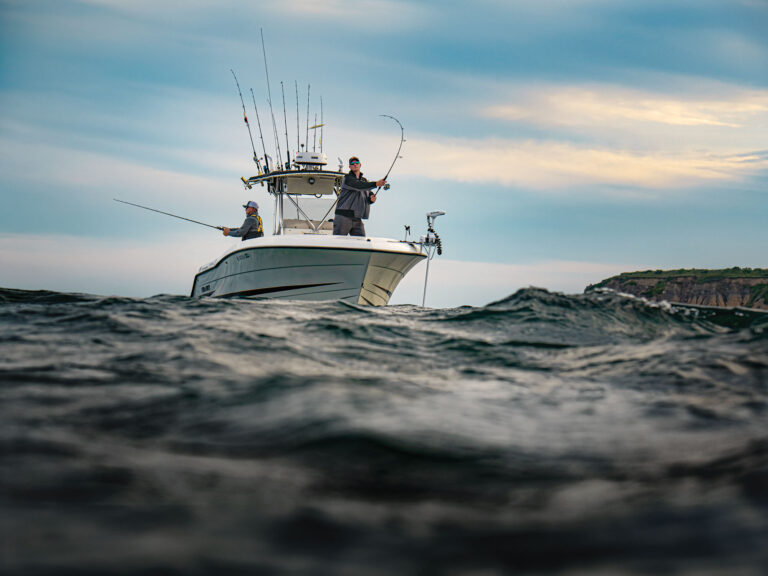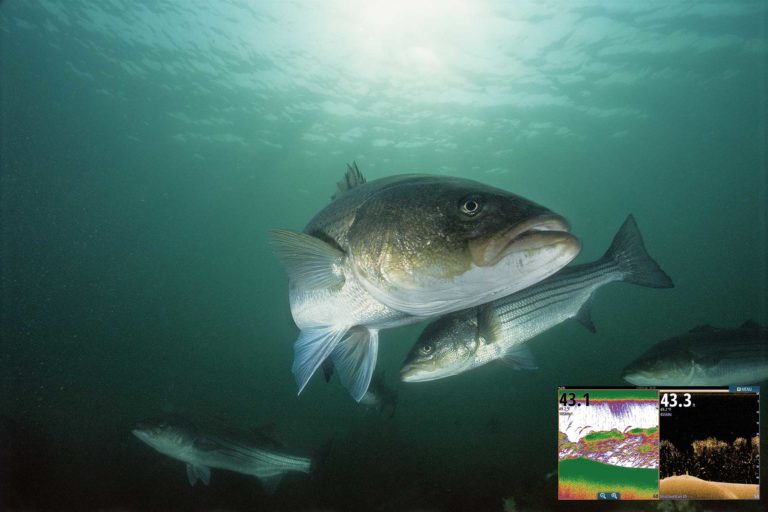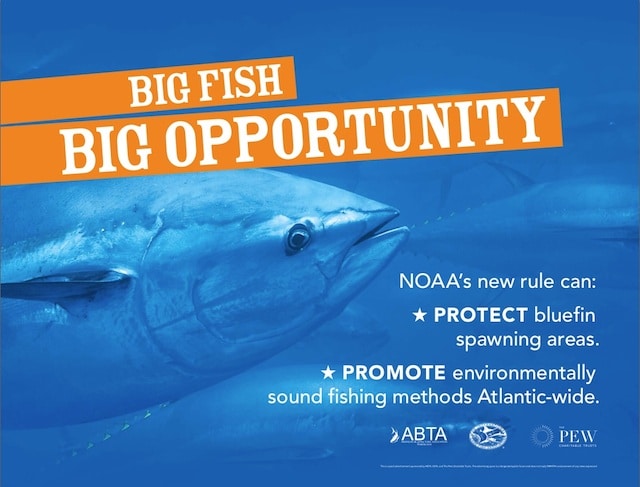
IGFA.Pew
Fisheries management is an inherently difficult process. Obtaining timely and accurate biological and catch data can be challenging enough for developing management measures that, hopefully, keep stocks healthy and productive. Then there’s dealing with the major stakeholder groups that oftentimes have differing opinions on how a fishery should be managed.
For the most part, these stakeholder groups can be lumped into environmental, recreational and commercial interests. An exaggerated and overly simplified view of this goes something like this: The Environmental Non-Governmental Organizations (ENGOs) think that way too much fish are being harvested and that recreational and commercial sectors should have their allowable catch reduced. The commercial fishing community believes there are far more fish available than what the science suggests and that they should receive a bigger piece of the pie than the recreational community because they are responsible for feeding the nation. Finally, the recreational fishing community thinks they are getting too little quota, especially considering, unlike those commercial guys, they aren’t responsible for any overfishing and they contribute more to the economy.
Needless to say, these groups rarely agree on proposed management options, which fisheries managers find frustrating, and for good reason. The aforementioned exaggeration aside, many of these disagreements, in my opinion, don’t necessarily stem from the proposed management action per se but rather from biased perspectives. That is, these groups may not agree on something that they are philosophically aligned with because they believe it’s bad in principle to agree with anything the “enemy” thinks.
I think this is unfortunate because a unified approach from disparate groups can send a very powerful message to fisheries managers. Case in point, the IGFA has recently been working with the American Bluefin Tuna Association (ABTA) – primarily a commercial organization – and the Pew Environmental Group (PEG) to urge the National Marine Fisheries Service to transition longlines out of the Gulf of Mexico. Not only is the Gulf the only known spawning location for imperiled western Atlantic bluefin tuna, but it also has some of the highest commercial bycatch of blue and white marlin in the western Atlantic Ocean. There is no directed fishery for these bluefin, yet each year over 100 metric tons of mature, spawning fish are killed as bycatch from longlines targeting yellowfin tuna and swordfish.
The current situation is wasteful and just not good for anyone. Hopefully, a joint letter sent to the acting Secretary of Commerce outlining measures that all three groups think will help benefit both fish and fishermen will be given serious consideration. It should, because it’s sure as hell not something you see every day.
Now, before anyone goes off about IGFA being “in bed” with commercial and environmental interests, I will emphasize that we do not agree on everything these other organizations do – nor do they agree with us. IGFA has disagreed with ABTF in the past about bluefin and we continue to be vehemently opposed to PEW’s efforts to lock recreational anglers out of large areas of ocean in Australia and other areas where no data exist indicating that recreational fishing is part of the problem. However, when we are philosophically aligned on a specific issue, we have no problem working with groups that we have disagreed with in the past to help make a positive impact on our fisheries. After all, it should be more about doing what’s right and less about bickering with folks that may have pissed you off in the past but, at the moment, are really on the same page with you.


